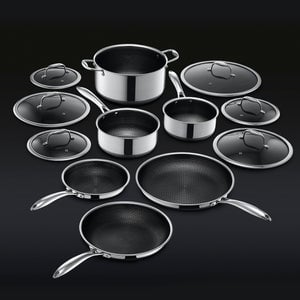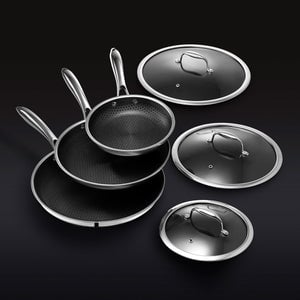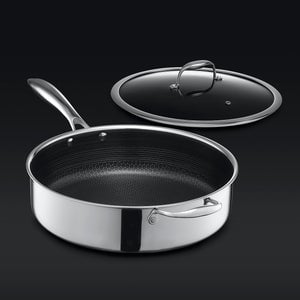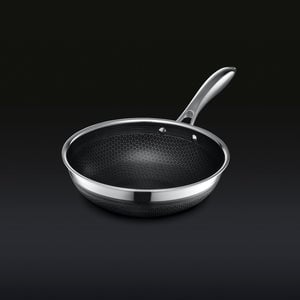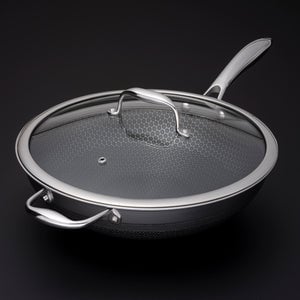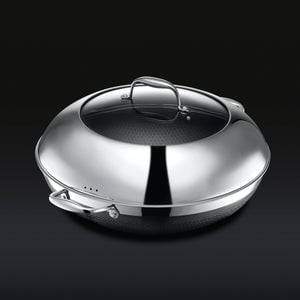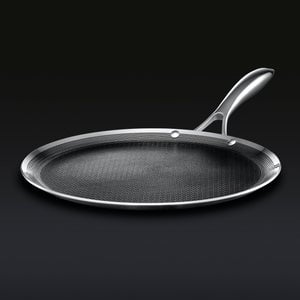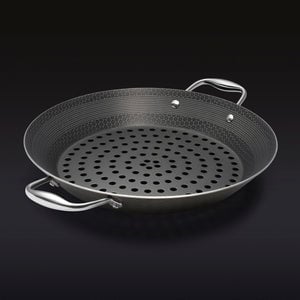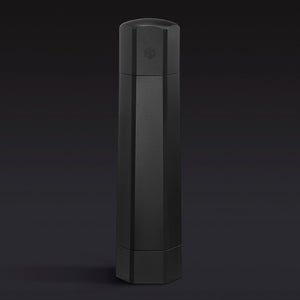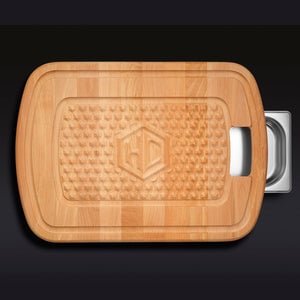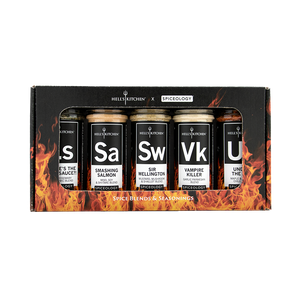How To Deep Fry at Home Like a Professional

There’s nothing like the crispy, crunchy, satisfying texture of food that’s been deep-fried. So, it’s not a surprise that foods like fried chicken and french fries are some of the most popular menu items out there.
But now you’re ready to bring that golden brown perfection into your own kitchen, and we can help you get the most out of your deep-frying experience. We’ve got all the knowledge you’ll need for deep-frying success, and we are sharing it today.
If you’ve ever had dreams of frying like the pros, now’s your chance!
What Tools Do You Need To Deep-Fry at Home?
There are a few tools you’ll need for a successful deep-frying experience, and a commercial deep fryer doesn’t need to be one of them. Here are a few alternative cookware options for deep-frying: a deep wok, a deep pan, or a standard-sized pot.
You’ll also need tongs or a slotted spoon, oil, a cooling rack, a food thermometer, and paper towels. We’ll cover these in more detail below.
A High-Quality Hybrid Pan
Here at HexClad, we believe that pans should be able to serve more than one purpose in the kitchen.
Our pans are the epitome of hybrid cookware options. Thanks to our patented cookware design, you can go from grilling one day to deep-frying doughnuts or chicken wings the next. And you can do it all in one of our frying pans, like our Hybrid Deep Sauté Pan/Chicken Fryer With Lid, 7QT.
It’s the perfect piece of cookware for creating delicious culinary masterpieces every time.
An Oil With a High Smoke Point
A smoke point refers to the temperature that oil can be heated to before smoking and becoming unfit for cooking. You’ll need an oil that can handle high heat, or that has a high smoke point to get the right temperature to deep fry food.
Canola oil and vegetable oil are the most versatile cooking oil options for all sorts of frying. Peanut oil is the best for deep-frying purposes, but it’s also a common allergen. Olive oil has a low smoke point and can’t handle high heats, so save it for your sautéing days.
A Food Thermometer
A meat or deep fry thermometer is crucial to maintain the temperature of your fry oil as well as to ensure that your food is cooked through. If the oil is too high, you run the risk of reaching the smoking point as well as burning the exterior of the food without being able to bring up the internal temp high enough for safe consumption.
A Pair of Metal Tongs
A pair of metal tongs is the safest option when deep-frying. They won’t run the risk of melting like rubber tongs or getting too hot and becoming flimsy — even if they don’t melt away.
Luckily, our cookware is designed strong enough to stand up to metal utensils, so your pan will be safe from scratches and chips.
A Durable Cooling Rack
Before you can enjoy any of that deep-fried goodness, you’ll need to let it cool down and let the excess oil drip off. After cooking, you’ll want to transfer your fried food to a strong cooking rack that will hold everything safely. Your food needs to cool closer to room temperature so that you don’t get burned.
How To Deep-Fry at Home: Step-by-Step
Next is our step-by-step guide for how to fry like Gordon Ramsay.
1. Fully Submerge Your Food in Oil
To fry your food evenly, all your pieces need to be fully submerged in oil. Make sure you have enough oil to fill the pot and cover your food.
Your technique for frying food is essential. Put your food in the oil carefully using a slotted spoon. Throwing food in hot oil without a care can lead to splatter from the oil, and that means painful burns.
Avoid this at all costs. It hurts like a mother.
Pro Tip: Another quick tip is the technique you’ll need to employ if you choose to fry fish. Food items like cod are delicate when being fried, so you need to slowly submerge the fish into the oil while moving your utensil back and forth so your fish dances into the oil in a fluid motion.
2. Heat the Oil to 325-350 Degrees
The temperature of the oil is a critical factor. High temperatures create the risk of crispy outsides with undercooked insides. Temperatures that are too low won’t give you a golden brown exterior with that delicious fried crunch you’re aiming for.
The heat sweet spot is between 325 and 350 degrees Fahrenheit. This will allow the perfect amount of cooking time, so you’ll get the crunchy, crispy texture of perfectly cooked chicken wings for fight night or the best deep-fried sweets for those days when work kicked your ass.
3. Make a Batter for a Crispy Exterior
Remember, the batter provides texture, but it’s also crucial for flavor. You’ll want to ensure that your batter is seasoned well so that you don’t get bland food. You’ll also want to consider what batter ingredients will give your food the best kick.
Pro-Tip: Tempura batter is very popular for fried foods. Mix your batter with some carbonated water for the lightest and crispiest fried shrimp out there.
4. Coat Your Food in the Batter
Make sure that your food is completely covered with batter for an even frying and cooking experience. Your best bet is to cook food in small batches to keep from crowding the pan, which can create pockets of undercooked batter.
5. Stir the Food Until It’s Golden Brown
Make sure to move the food around while it fries, so you can watch it cook and have the right amount of browning. This will also keep the food pieces from sticking to one another and prevent areas from being undercooked.
Pro Tip: Always be watching your food. Never leave the hot oil unattended while cooking.
6. Pull the Food Out and Let It Cool
Once it’s ready, remove the food carefully (and for the love of all things delicious, remember the pain we talked about). Transfer your food to a cooling rack that has paper towels underneath it to catch the excess oil.
This is a vital step. If you don’t let the excess oil drip from the food, you’ll end up with a mouthful of burning hot oil. No matter how good the seasoning is, that is a major food failure.
7. Get Rid of the Oil the Right Way
Never pour the oil down the drain. This will corrode your pipes and cost you a lot of money down the line.
Instead, let the oil cool so that it’s safe to handle, and then pour it into a plastic or glass container. Either use it again (once or twice is fine) or secure the lid to the container and throw it away.
Deep-Frying Made Easy
These steps and our superior HexClad products are the ultimate duo to get you the best frying experience every time the cravings strike.
Sources:
Is Canola Oil Good for You, or Bad? | Healthline
The Secrets of Deep-Frying | Michelin Guide
How To Properly Dispose of Used Cooking Oil | Southern Living
